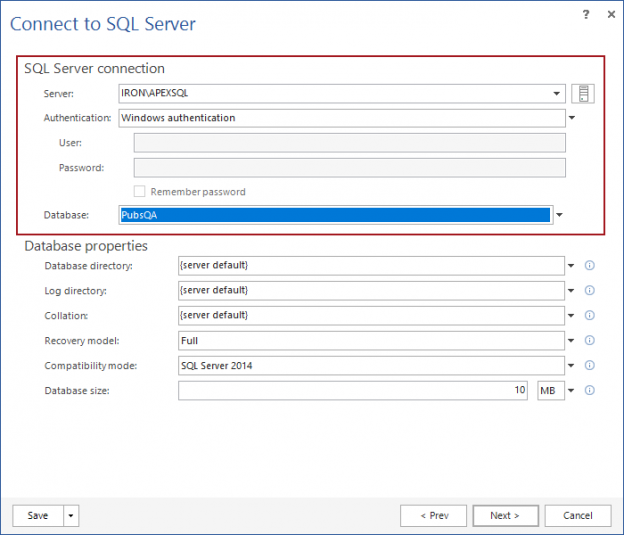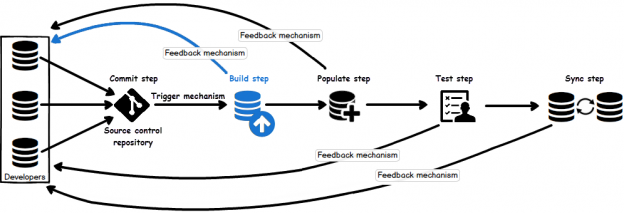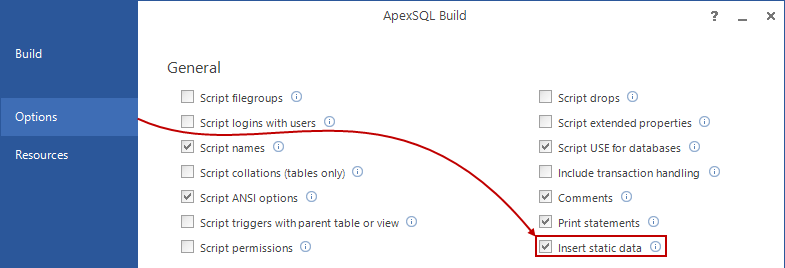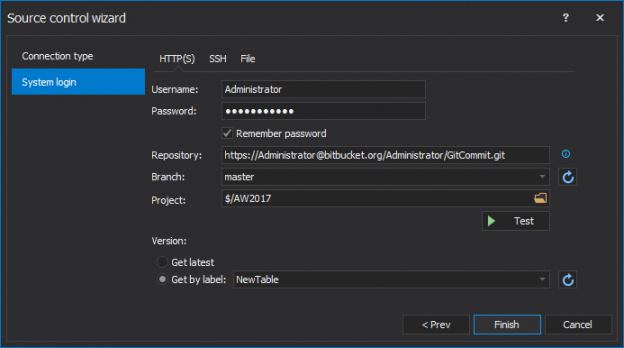
Challenge
In order to perform any continuous integration or delivery process, an important requirement – to be able to pull out the database (which was previously versioned in source control), automatically and repeatedly, to recreate the database in a QA environment at a click a button (or scheduled on a commit).
March 10, 2017














